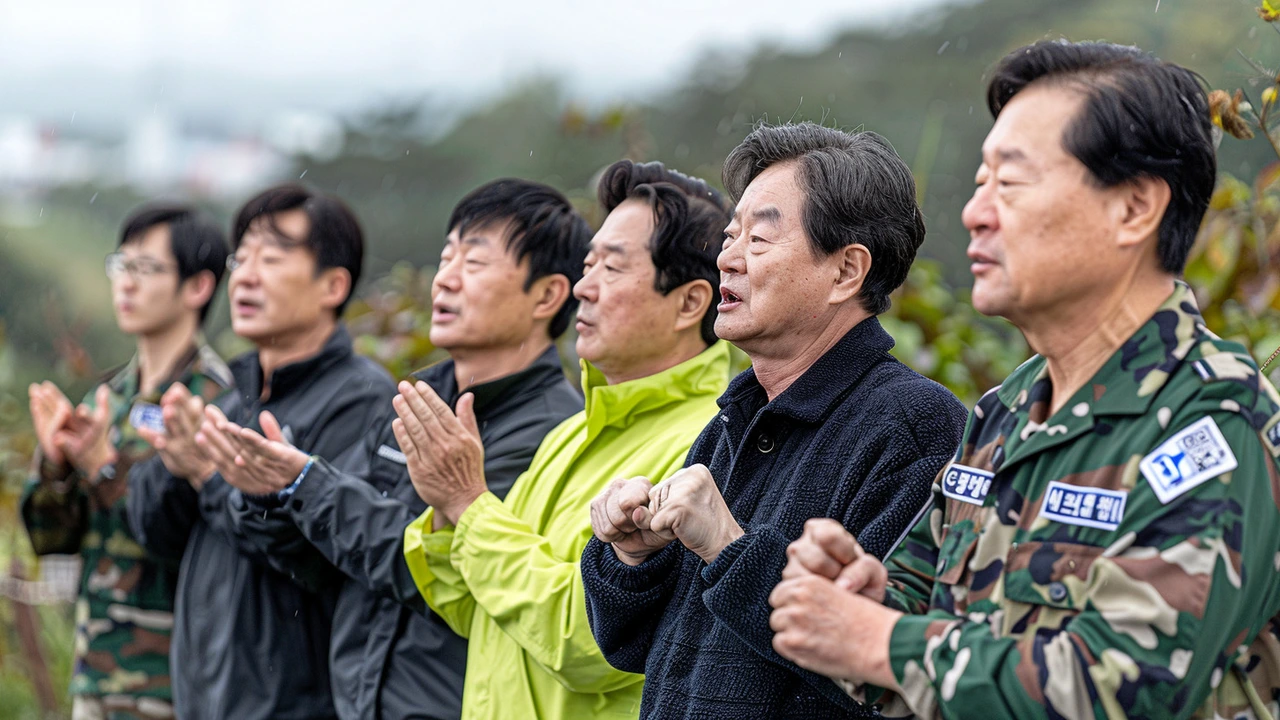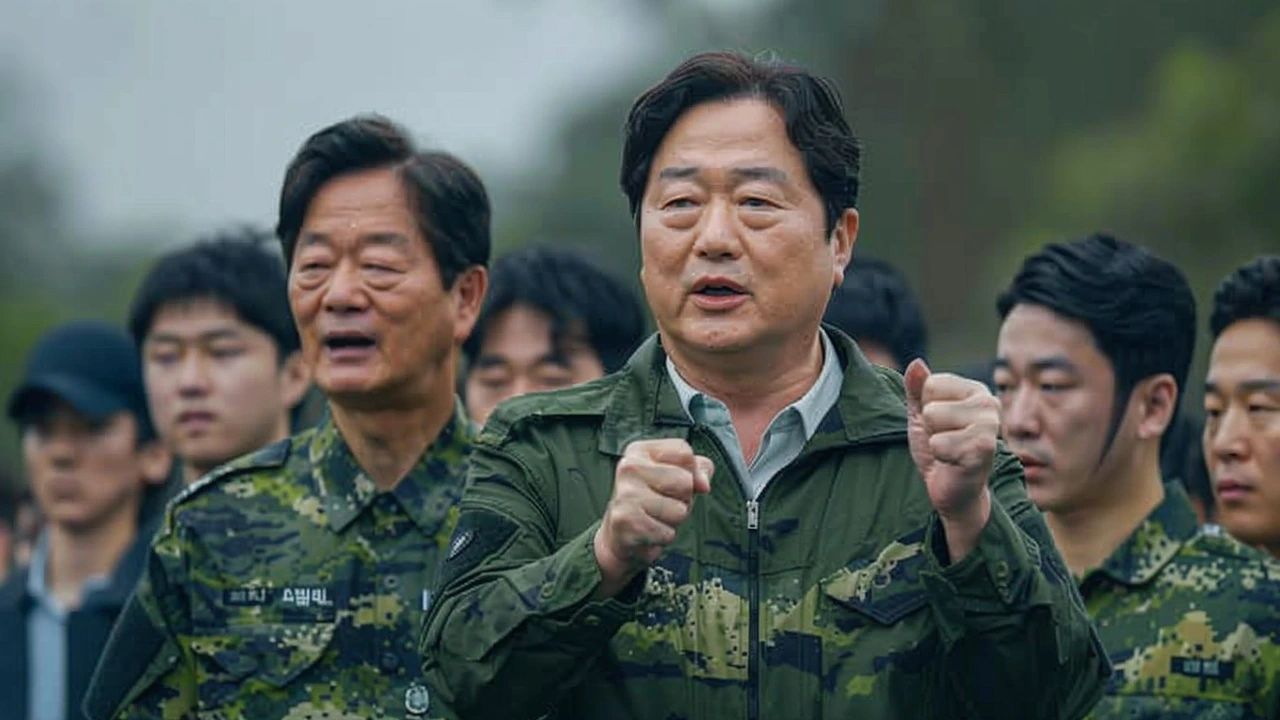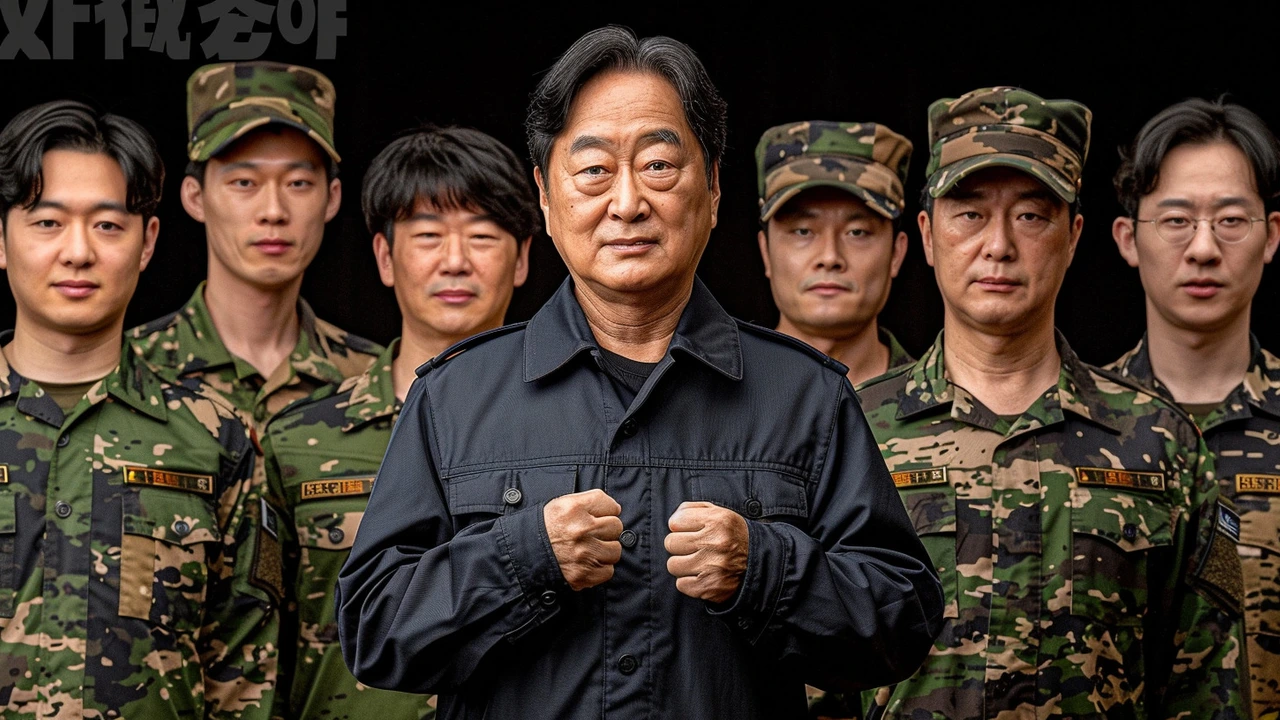The Inception of Taiwan's 'Porcupine' Strategy
In recent years, Taiwan has continually been under the shadow of potential military aggression from China. The inauguration of President William Lai Ching-te marks another chapter in this ongoing tension, highlighted by large-scale military drills conducted by China shortly after Lai took office. China perceives these maneuvers as a 'strong punishment' for Taiwan's so-called 'separatist acts,' a sentiment expressed by Chinese Naval Colonel Li Xi. Taiwan, however, views these drills as an 'irrational provocation' and has responded with measured military mobilizations.
The core of Taiwan's response lies in the 'porcupine' strategy, a concept rooted in creating a formidable defense that deters larger forces through high-cost countermeasures. The idea is simple yet potent: rather than attempting to match China’s military might head-to-head, Taiwan invests in smaller, highly flexible, and destructively efficient weapons. The rationale is to make any invasion attempt exceedingly costly and difficult for the aggressors, akin to a predator considering the risky endeavor of attacking a thorny porcupine.
Components of the Porcupine Strategy
The 'porcupine' strategy meticulously leverages a variety of advanced military technologies and tactical approaches. Key components include the deployment of unmanned aerial vehicles (UAVs), mobile coastal defense cruise missiles, and stealth fast-attack craft. Unmanned aerial vehicles offer the advantage of surveillance and targeted strikes with reduced risk to human personnel. Their capacity to quickly gather intelligence and engage targets makes them invaluable in the initial stages of a conflict.
Advanced Weapon Systems
Mobile coastal defense cruise missiles play a crucial role in this strategy, positioned to counter any naval advances. These units can be rapidly deployed and relocated, mitigating the risk of detection and targeted attacks. Their mobility significantly complicates any efforts by enemy forces to neutralize Taiwan's coastal defenses.
In territorial waters, stealth fast-attack craft provide another layer of defense. These vessels, equipped with advanced weaponry and designed for high-speed engagements, can launch surprise attacks on invading naval forces. Their stealth capabilities make detection and engagement by the enemy a challenging proposition.

Geographical Factors Enhancing Defense
Taiwan's geographical positioning adds another layer of complexity to potential invasion efforts by China. The island sits across the Taiwan Strait, a significant natural barrier in itself. For China to execute a full-scale invasion, it would need to orchestrate a massive amphibious assault, a process that is inherently prolonged and fraught with vulnerabilities. The time and resources required to cross the strait expose Chinese forces to significant risks, including weather disruptions and counter-attacks from Taiwan's well-prepared defenses.
The Taiwan Strait as a Natural Barrier
This body of water acts as a buffer, providing Taiwan with strategic depth that can be used to delay and complicate any invasion efforts. Any large-scale crossing of the Taiwan Strait by Chinese forces would be a logistical nightmare, susceptible to disruption by a swift and agile defender exploiting modern military technologies designed for asymmetric warfare.
Military Modernization and Strategic Challenges
Despite Taiwan's strategic advantages and innovative defense approaches, the threat from China remains potent. China continues to expand and modernize its military capabilities, driven by an apparent objective to annex Taiwan. The People’s Liberation Army (PLA) has invested heavily in advanced technologies, including ballistic missiles, sophisticated naval vessels, and state-of-the-art fighter jets. These developments signify China's long-term commitment to maintaining pressure on Taiwan and potentially executing more aggressive maneuvers if deemed necessary.
Taiwan, under President Lai Ching-te and his predecessor Tsai Ing-wen, has correspondingly increased its defense spending. Efforts have been made to procure and develop cutting-edge military systems that align with the 'porcupine' strategy. The defense budget has seen considerable increments, with plans for further increases slated for 2024. These investments are aimed at fortifying Taiwan’s autonomous defense capabilities, ensuring it is well-equipped to deter any potential aggression.

International Relations and Diplomatic Efforts
While military readiness is a critical component of Taiwan's strategy, diplomatic efforts play an equally vital role. Taiwan seeks to bolster its international alliances to counterbalance China's influence. The United States remains a pivotal ally, providing military aid and strategic support. Recent arms sales to Taiwan include advanced missile systems and other defensive technologies, which align with the island’s 'porcupine' defense doctrine.
Alliances and Strategic Partnerships
Beyond the US, Taiwan is also strengthening ties with other democratic nations. Regional allies such as Japan and Australia have expressed support for Taiwan's self-defense initiatives, understanding the broader implications of China's assertive policies in the Asia-Pacific region. These alliances are crucial, not only for military support but for political backing in international forums where Taiwan seeks recognition and support against Chinese claims.
Taiwan's quest for broader international support is nuanced by its status. Despite being a de facto independent nation, it faces significant challenges in gaining formal recognition due to China's influence over global diplomatic channels. Many countries, bound by the 'One China' policy, are cautious in their engagement with Taiwan despite sympathies for its democratic governance and concerns over China’s aggressive posture.
Conclusion
As Taiwan continues to navigate the complex geopolitical landscape, the 'porcupine' strategy stands as a cornerstone of its defense policy. The strategy, while grounded in the realities of asymmetric warfare, is part of a broader effort that includes diplomatic initiatives and international collaborations. The effectiveness of this multi-faceted approach depends on Taiwan's ability to innovate and adapt in the face of evolving threats from China. While increased military spending and advanced weaponry are critical, Taiwan's resilience will also hinge on its capacity to forge strong international partnerships and garner global support for its right to self-defense.
President Lai Ching-te’s administration faces the daunting task of balancing military preparedness with diplomatic outreach. The 'porcupine' strategy represents a pragmatic response to the asymmetric threat posed by China, emphasizing deterrence through high-cost, flexible defense measures. As Taiwan continues down this path, its ability to maintain peace and security will inevitably be tested by the unfolding dynamics in the Asia-Pacific region.

Write a comment